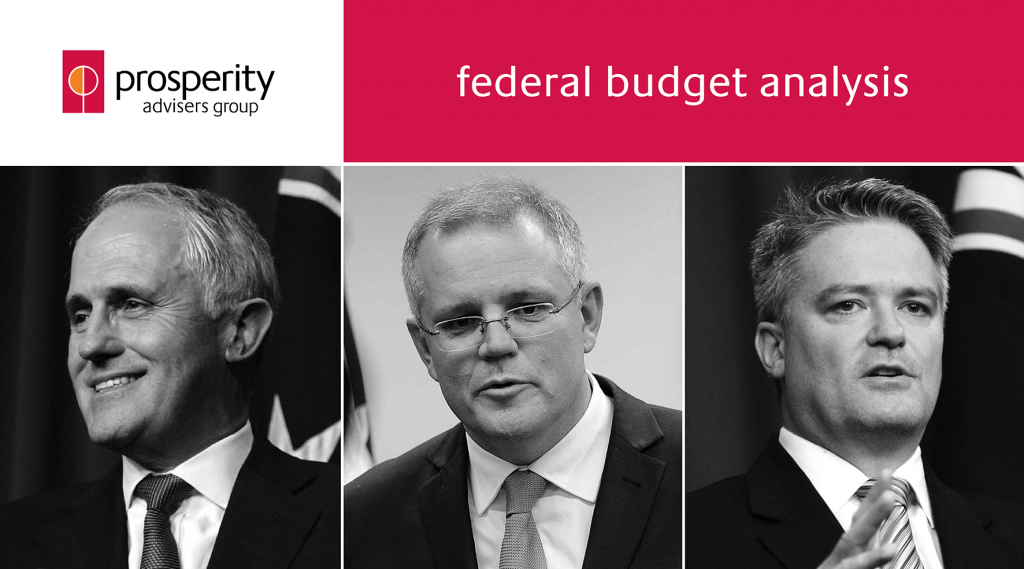The budget is coming. With just two weeks to go it looks like, the Government will deliver a budget with a strong long term outlook and an amount of short-term pain including the introduction of a debt levy. Not surprising really given the state of the domestic economy and the sheer number of baby boomers that will leave the workforce in coming years.
Over the last three months, our economy has behaved with relative stability.
The last quarter, and in particular, the last month has seen the Australian dollar rise adding more pressure to rebalance the domestic economy. On the flip side, housing prices have continued to rise over the quarter combined with an increasing level of building approvals showing confidence is certainly in place.
Interest rates have remained unchanged throughout the quarter at 2.50% and RBA Governor, Glenn Stevens has commented that further rate cuts are unlikely in the short term. The board appear more comfortable with the global outlook and are predicting a reasonable pick-up this year. In Australia, the housing market has rallied in recent months and household spending has continued to increase, encouraged by our historically low interest rates.
In international markets, the US and Euro Regions have shown improvements in recent months. The US Federal Reserve made the announcement in March to reduce asset purchases by a further $10 billion a month to $55 billion. Following on from this announcement, US 3-year and 10-year Government Bond Yields rose by 0.07% and 0.32% respectively.
Overall International Bonds outperformed global equities in March, with the Barclays Global Aggregate (Hedged) $A Index increasing by 0.31%. Treasury stocks and corporate bonds gained by 0.35% and 0.36% respectively for the month.
Australian equities posted modest gains in March, with the ASX 300 rising 0.21% for the month. Commodity prices declined by 2.0% for the month in terms of Australian dollar terms, largely coming from the fall of iron ore, coking coal and steaming coal. On a market capitalisation basis, large company stocks performed better than smaller companies. The S&P / ASX 50 Leaders Index increased by 0.33% in March, while the S&P/ASX Small Ordinaries Index posted a loss of 1.16%.
On a sector basis, Financials (ex-Property) was the best performing and gained 2.92% in March. All the big four banks also recorded another round of strong gains in March. Materials and Healthcare were the weakest sectors declining by -2.89% and -2.07% respectively.

While residential dwelling investments continue to expand, commercial properties (office buildings and large shopping centre investments) declined over the month. The Australian Listed Property Market posted a loss of -1.58%.
The last month has seen the Australian dollar rise adding more pressure to rebalance the domestic economy.
In international equities, the Fed’s further decision to taper and indication that quantitative easing could end earlier (possibly within the next 6 months) has resulted in a more optimistic growth outlook. The MSCI North America (Local Currency) Index posted a small return of 0.68% in March.
The best performing region was India with 4.75% over the month due to political optimism. Japan was one of the worst performers losing -7.51% in the first quarter of 2014 due to the sudden 3% sales tax threatening to endanger their recovery.
China lost -1.74% and Europe reversed its previous months strong position and lost -0.65% in March.
Global resources performed poorly in the month with the FTSE Gold Mines Index and HSBC Global Mining Index declining by -11.14% and -5.42% respectively.
Over the coming three months we expect, if there are no sudden changes to the global environment….
1. A Federal Budget that takes some positive steps to reduce the deficit, cutting welfare payments to those not working and incentivising mothers into the workforce; and
2. A stable interest rate environment that is supportive of business and consumer confidence.


